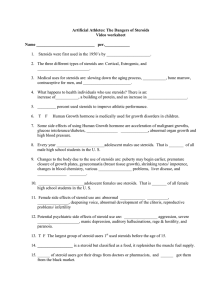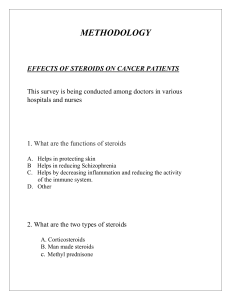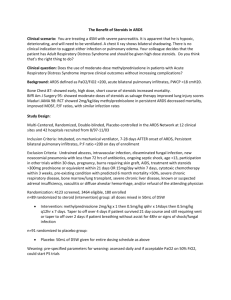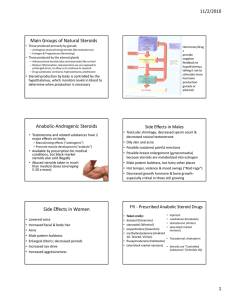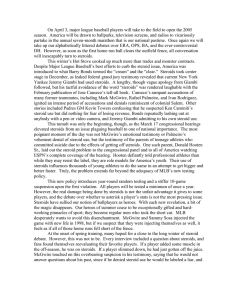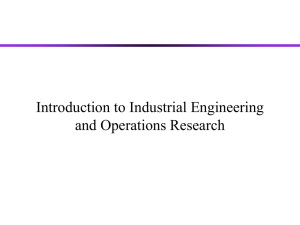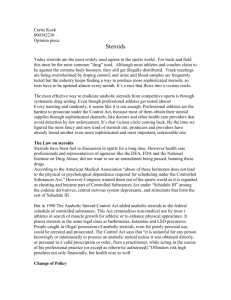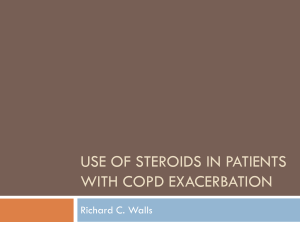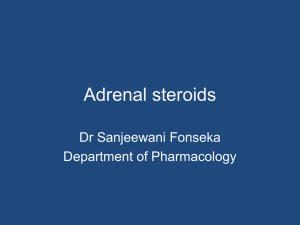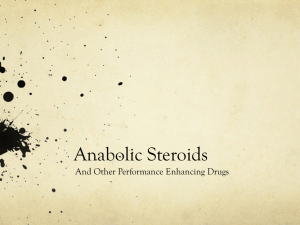M - TheNewsMarket
advertisement
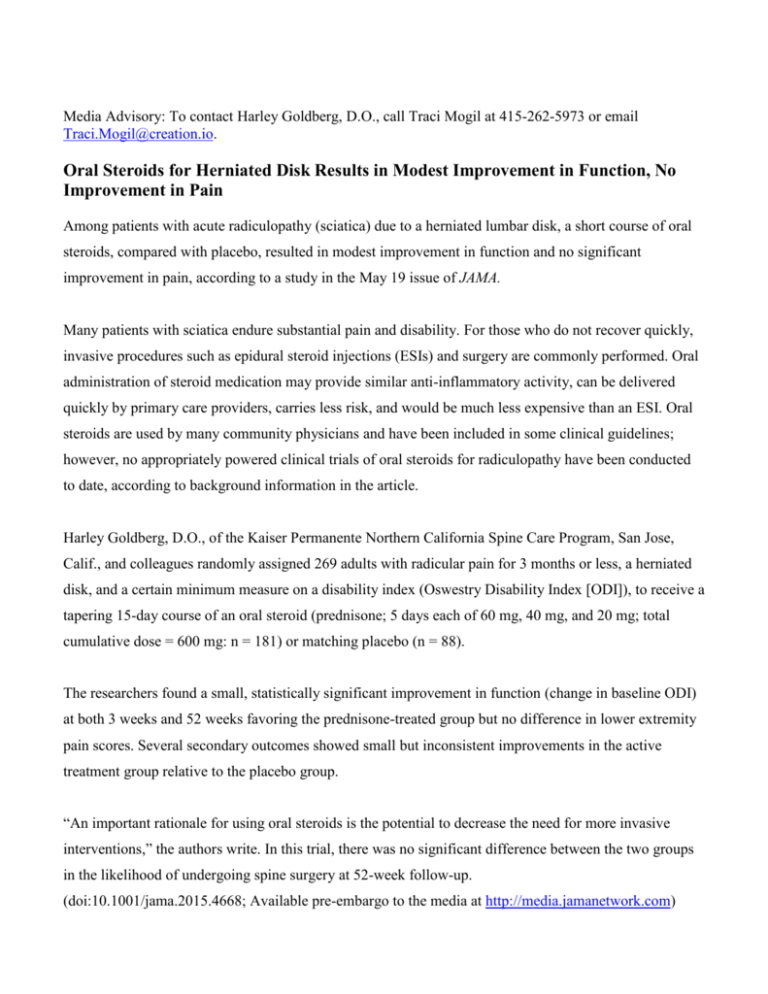
Media Advisory: To contact Harley Goldberg, D.O., call Traci Mogil at 415-262-5973 or email Traci.Mogil@creation.io. Oral Steroids for Herniated Disk Results in Modest Improvement in Function, No Improvement in Pain Among patients with acute radiculopathy (sciatica) due to a herniated lumbar disk, a short course of oral steroids, compared with placebo, resulted in modest improvement in function and no significant improvement in pain, according to a study in the May 19 issue of JAMA. Many patients with sciatica endure substantial pain and disability. For those who do not recover quickly, invasive procedures such as epidural steroid injections (ESIs) and surgery are commonly performed. Oral administration of steroid medication may provide similar anti-inflammatory activity, can be delivered quickly by primary care providers, carries less risk, and would be much less expensive than an ESI. Oral steroids are used by many community physicians and have been included in some clinical guidelines; however, no appropriately powered clinical trials of oral steroids for radiculopathy have been conducted to date, according to background information in the article. Harley Goldberg, D.O., of the Kaiser Permanente Northern California Spine Care Program, San Jose, Calif., and colleagues randomly assigned 269 adults with radicular pain for 3 months or less, a herniated disk, and a certain minimum measure on a disability index (Oswestry Disability Index [ODI]), to receive a tapering 15-day course of an oral steroid (prednisone; 5 days each of 60 mg, 40 mg, and 20 mg; total cumulative dose = 600 mg: n = 181) or matching placebo (n = 88). The researchers found a small, statistically significant improvement in function (change in baseline ODI) at both 3 weeks and 52 weeks favoring the prednisone-treated group but no difference in lower extremity pain scores. Several secondary outcomes showed small but inconsistent improvements in the active treatment group relative to the placebo group. “An important rationale for using oral steroids is the potential to decrease the need for more invasive interventions,” the authors write. In this trial, there was no significant difference between the two groups in the likelihood of undergoing spine surgery at 52-week follow-up. (doi:10.1001/jama.2015.4668; Available pre-embargo to the media at http://media.jamanetwork.com) Editor’s Note: This study was supported by a grant from the National Institute of Arthritis and Musculoskeletal and Skin Diseases (NIAMS) of the U.S. National Institutes of Health to Drs. Goldberg and Avins. Please see the article for additional information, including other authors, author contributions and affiliations, financial disclosures, etc. ###
